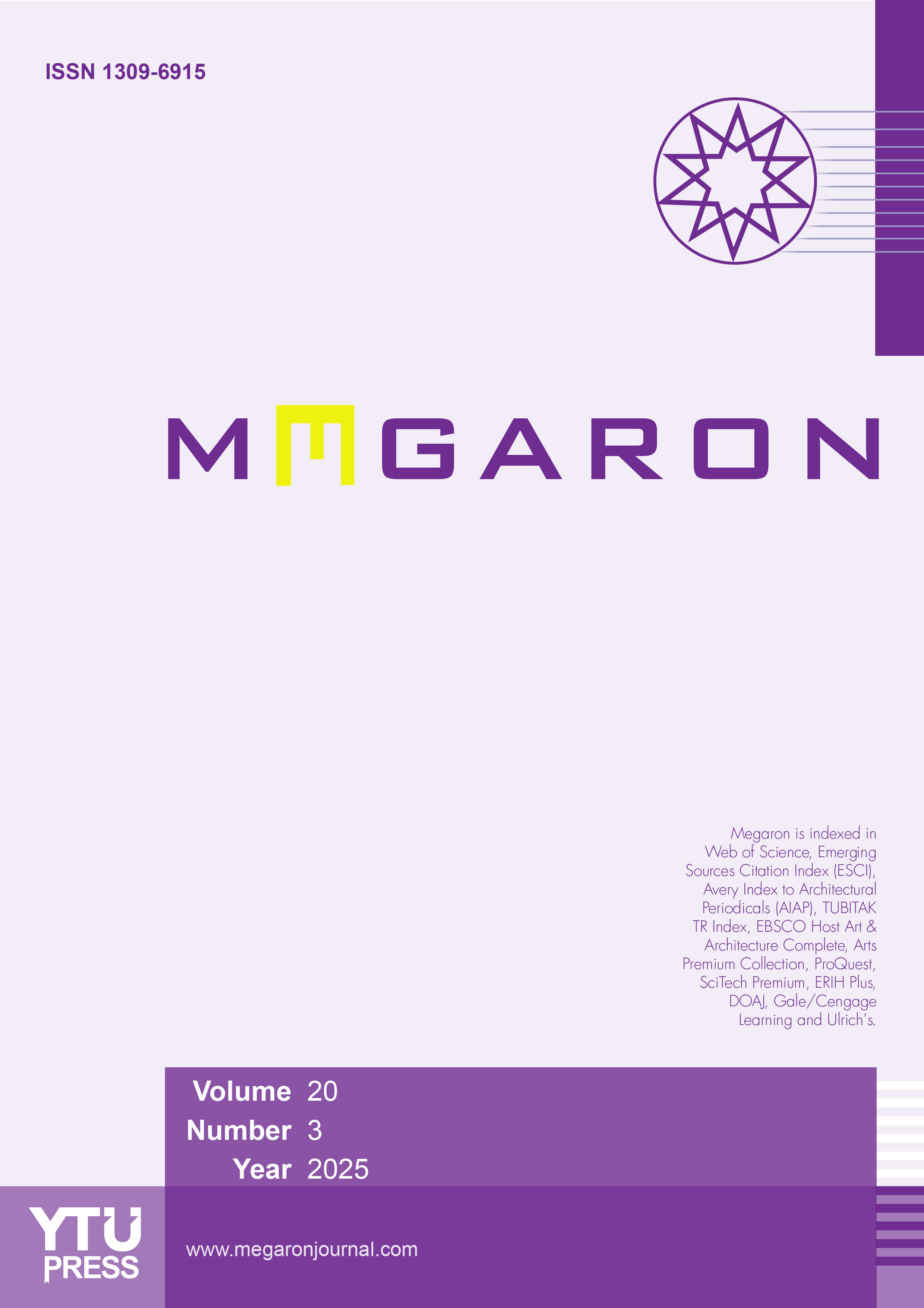Perspectives on urban lighting: Pedestrian visual comfort and safety preferences
Lanlan Wei1, Grega Bizjak1, Matija Svetina2, Matej Kobav11Faculty of Electrical Engineering, University of Ljubljana, Ljubljana, Slovenia2Faculty of Arts, University of Ljubljana, Ljubljana, Slovenia
This study investigates pedestrian preferences regarding outdoor public lighting, specifically examining their impact on the perception of visual comfort, safety in different urban settings. Despite extensive research on lighting parameters and pedestrian safety perception in recent years, gaps remain in understanding how users perceive different lighting scenes in real nighttime environments.
The laboratory study comprised 130 participants under 30 years old. Using real location data, we simulated four distinct urban lighting conditions using Dialux software and examined them in a dark laboratory setting. Participants viewed generated images of urban nighttime scenes of a well-known Ljubljana district and answered the questionnaire.
Our study employed various analytical approaches to examine the effects of height (low vs. high) of lamp-post and lighting uniformity (higher-uniform vs. less-uniform) on participants' perceptions of visual comfort, confidence, sense of distance and sense of direction in public spaces at night. The results demonstrate a preference for lighting with good uniformity, particularly in areas with higher lamp-post, suggesting its vital role in enhancing visual comfort. These findings emphasize the significance of continuous lighting design in promoting pedestrian visual comfort and safety in urban environments.
Manuscript Language: English








